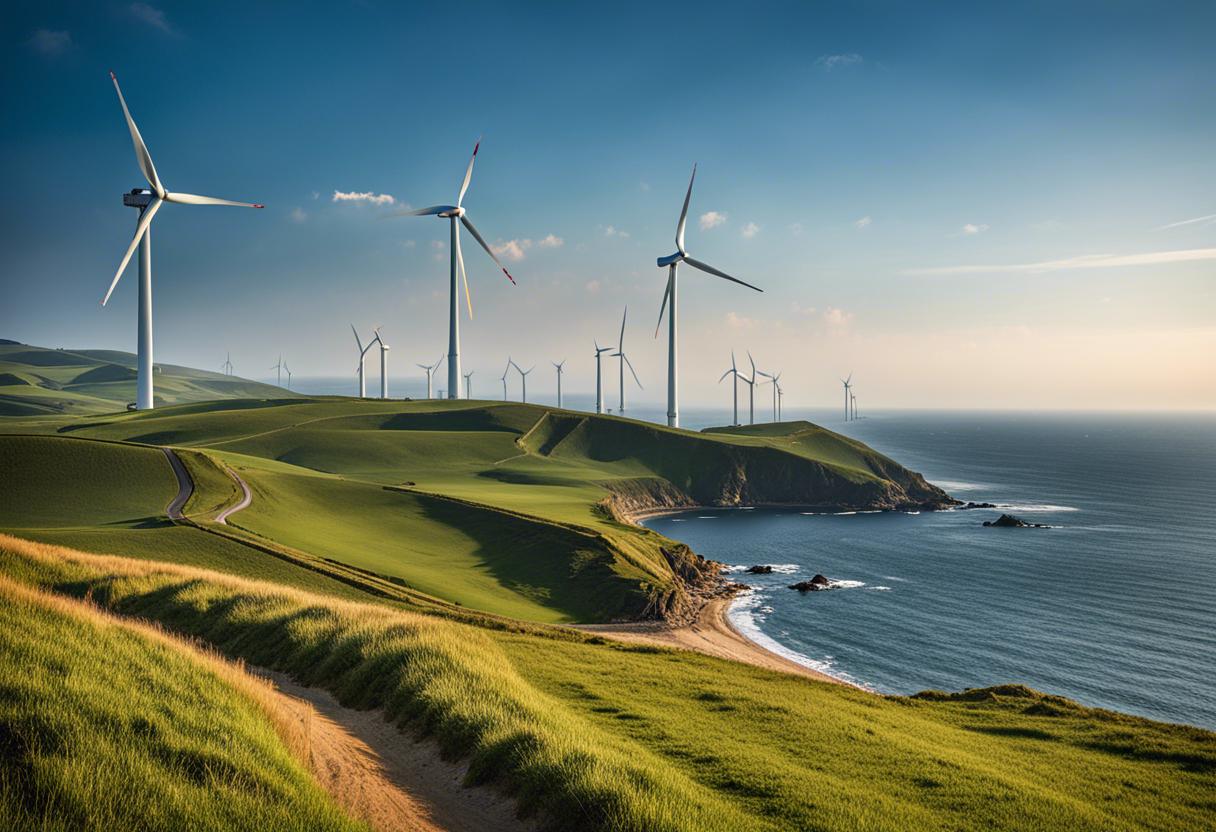Following Ireland’s initial draft DMAP publication, four regions off the coast of Waterford and south Wexford have been marked out for offshore wind production in the coming 10 years. These locations will be the focal point of future Stateled auctions extending beyond 2030. Eamon Ryan, the Minister for Energy, declared these sites on Friday, understanding the probable disappointment of developers who had previously surveyed Cork’s potential areas. However, he affirmed that this strategic approach was the most effective way to swiftly establish optimally located projects near the shore and grid with fixed-bottom turbines.
An upcoming autumn auction will aim to build a 900-megawatt wind farm within the “Tonn Nua” sector, straight off County Waterford and about 12.5km from the shoreline. This distance is similar to offshore wind farms found elsewhere in Europe. The plan is to have this operational by the end of the decade while the other three zones in deeper waters will be constructed post-2030. These are named Lí Ban (the Celtic mermaid saint), Manannán (the god of the Irish Sea), and Danu (nature’s deity), all located off the Wexford coast.
Following a six-week public discussion, Mr Ryan informed an assembled Wind Energy Ireland conference in Dublin that he anticipates the DMAP would receive summer approval by the Oireachtas, thereby signalling the progression direction within the development planning context with all-party support. He conveyed the significant milestone that this represented, with it being the first instance of the State developing such an inclusive future spatial plan for green energy. He emphasised the importance of this government’s priority to overhaul the regulatory and legislative systems to this endpoint.
He added that an auction can now be arranged, with successful bidders then proceeding to engage with a newly established specific regulator (MARA) before seeking development permission from An Bord Pleanála. He also noted that power from the Tonn Nua wind farm, likely comprising of 60 turbines with a 15MW capacity, would be directed to the Great Island in County Wexford and Cork harbour. The latter would witness significant development with corresponding businesses expected to set up in the vicinity, following this plan for offshore resource development spearheaded by the State. This model is expected to safeguard the rights of the Irish people, rather than allowing developers to select their preferred sites in a free-for-all manner.
After an exhaustive collaborative effort involving fishing communities and scientists, the DMAP was constituted to ensure sufficient ecological safeguards were put in place. This engagement effort lasted almost a year and involved coastal communities and stakeholders, which helped mitigate as many risks associated with the DMAP as feasible.
Mr Ryan extolled this method as the optimal approach to expanding wind power. Concurrently, he announced plans for six projects, five in the Irish Sea and one off Connemara, County Galway, which are expected to enter the planning pipeline in the forthcoming weeks. Notably, An Bord Pleanála has augmented their capacity to handle these projects.
The Minister informed that 80 percent of the surveyed area off the south coast, measuring 8,000 sq km, was deemed unsuitable for development. This decision was taken in consideration of specific bird protection zones, marine biodiversity, primary fish breeding grounds and the preservation of the Saltee islands. He revealed plans to publish an array of offshore renewable energy DMAPS, with key focus on progressing a 200MW demonstrator floating wind farm off the south or west coast.
A standalone economic appraisal aligned with the draft South Coast DMAP underlines potential fiscal advantages corresponded with implementation, promising inward investment potentially reaching €4.4 billion, and up to 49,000 full-time equivalent employment years for the Irish economy. It is deduced that over 65 percent of inward investment and job opportunities could be acquired by the south coast region.

